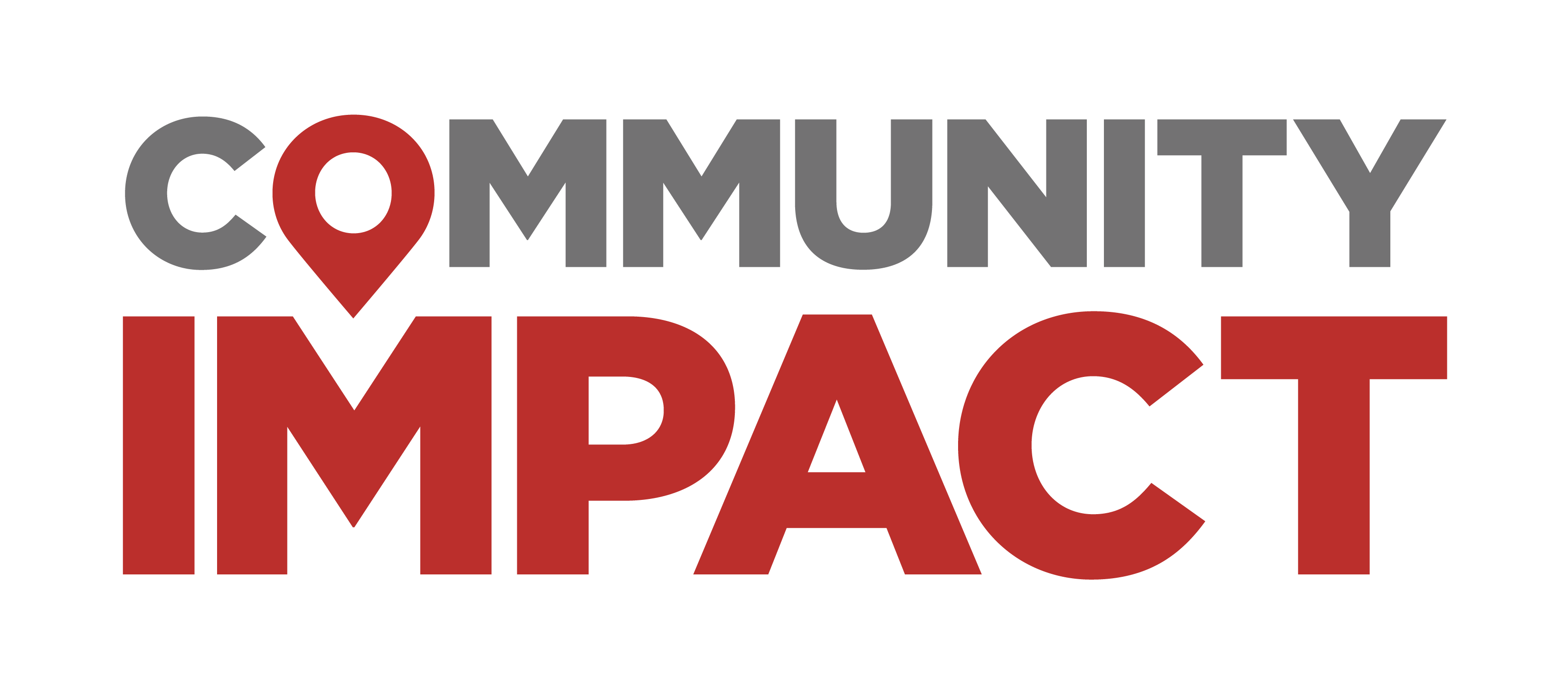From his office at the state capitol in Austin, the third-term governor also discussed his plans to help public schools retain teachers, ensure communities are prepared for future wildfires and secure up to $11.1 billion from the federal government.
Abbott expanded on a set of emergency priorities announced Feb. 2 during his biennial State of the State address. This interview has been edited for length and clarity.
As you discussed Feb. 2, Harris County increased property tax rates in 2024. Entities that Community Impact covers, such as Pearland ISD and Georgetown, trimmed their tax rates, yet rising property values meant residents saw their tax bills increase. What can lawmakers do to combat these trends?
Home values are going to go up, [but] we have a law that works, that we passed in 2019. What it does, is it says that any property tax revenue for any jurisdiction is capped at 2.5%. Here's the point: if your property value goes up 10%, your property taxes cannot go up 10%, because of the cap on property tax revenue to be received by Harris County or some other county, whatever the case may be.
That said, that the real fix for this is to stop making it so easy for local taxing jurisdictions to increase property taxes. That's why what I proposed in the State of the State is a two-thirds vote—approval by voters—before property taxes can be increased, and that will greatly reduce the property tax hikes that we see from local jurisdictions.
Texans are also affected by rising home insurance rates due to damaging weather events and reduced competition. What actions should lawmakers consider to make home insurance more affordable and attainable?
So, there's a lot of things. One, we want to make sure Texas is a state that attracts insurers, because the more insurers that are here, the more providers there are, it will reduce the cost [of coverage].
There are other reforms we are taking a look at to make sure that we will cost contain potential damages, things like that, to be able to contain any potential increase in the cost of insurance.
There’s issues ranging from what's going on in the [Texas] Panhandle versus what's going on in coastal regions, so we had to put into the mix all those different challenges.
In June, Pablo Vegas, CEO of the Electric Reliability Council of Texas, told senators Texas needs to nearly double its power capacity to 150,000 megawatts by 2030. What policies are you looking at to ensure the grid can handle growing demand as more people and businesses move to Texas?
If you go back to last session, Texas provided incentives to entice the addition of 10,000 more megawatts of power. Those were fully bid out, and that's in the process of being added to the grid. We want to repeat that again this session to make sure that we are able to attract another 10,000 megawatts of additional power.
Separate from that, one reason for the power demand is because of AI facilities that are coming here. We want to make sure that these AI data centers... are responsible for making sure that they are bringing power to the grid themselves.
I’ve talked to several, and... they'll be tapping into renewables whenever that's available. But in part, they understand they need to provide power facilities to make sure that they're going to be able to stay on without taking power from the grid [during periods of high demand].
In January, you asked Congress to reimburse Texas for over $11 billion spent on Operation Lone Star since 2021. If they approve your request, what policies or initiatives would you use those funds for?
Hopefully we'll be addressing that issue. It's something that we're sitting down and talking to the appropriators in both the Texas House and Texas Senate to figure out what we can do, but as they kind of all say, we’ve gotta wait and see the money first before those decisions are made.
You met with President Donald Trump in Washington, D.C. on Feb. 5. Did you also speak with members of Congress about your reimbursement request?
I've already spoken with Speaker [Mike] Johnson twice, once in his office and once when I was in D.C. this week. I’ve talked to many of the members of the Texas Congressional delegation, especially those who are involved in the budget and appropriations process.
What I’d like to do next week is to expand that focus, to talk to the entire delegation in the state of Texas, as well as to key appropriators in Congress that are from outside Texas, to begin winning them over and explain to them what it is that we're seeking, why we're seeking it [and] why it actually is a good investment for the United States.
I’ll be there Wednesday and Thursday [of next week].
In Texas public schools, data shows about 56% of first-time teachers were uncertified during the 2023-24 school year. Experts say students lose three to four months of learning when taught by uncertified educators without classroom experience. What are you considering to tackle this issue?
There’s three strategies here. One that you mentioned is to make certification easier, but also more effective. Two is to attract more teachers to the profession.
A couple of things in that regard: when this session ends, teacher pay is going to be at an all-time high, and so for the teacher pay component, that will hopefully attract and retain more teachers. But if you listen to teacher concerns, they go beyond just things like pay.
Some involve school safety or dealing with discipline challenges. I mentioned that in my State of the State address also—we have to empower educators and empower administrators to have better control of discipline-based issues.
It's a safety issue, for one, but it's also a classroom attention issue, so we have to address all of those issues across the board.
It’s been nearly one year since several wildfires began in the Texas Panhandle, burning over 1.2 million acres. In a state consistently affected by droughts and dry conditions, is there anything you’d like to see the legislature do this session to support state and local wildfire preparedness and response?
On the preparedness, we're working with the Texas Division of Emergency Management as well as specialists at Texas A&M [University] to make sure that we're clearing debris and removing things that would, let's say, add to a potential expansion of a fire.
In addition to that, one thing that we need, especially for vast areas like the Panhandle, are air tanker planes to help us more quickly extinguish large-scale fires.
Third is to help invest more in our local fire departments. In the Panhandle, they have so many volunteer fire departments, and they need more resources and more assets to be able to fight fires. But it's not just there—if you go to any rural place in the state... East Texas or South Texas, things like that, they all need more capabilities to be able to more effectively respond to those fires.
Do you have an idea of how much these initiatives would cost or what a funding plan would look like?
We haven't, but what the members of both the House and Senate agree upon is the need to get it done. We need to figure out, mathematically, what is needed.
In some areas, it may be more personnel; in other areas, it may be certain tools... [or] another fire truck. So, it’s more like inventory checking, where it's not going to be one size fits all. It's going to be unique approaches in each particular area.
It could be a grant approach; could be a direct appropriation. The exact way that the money is spent will also be evaluated by both the House and Senate.





